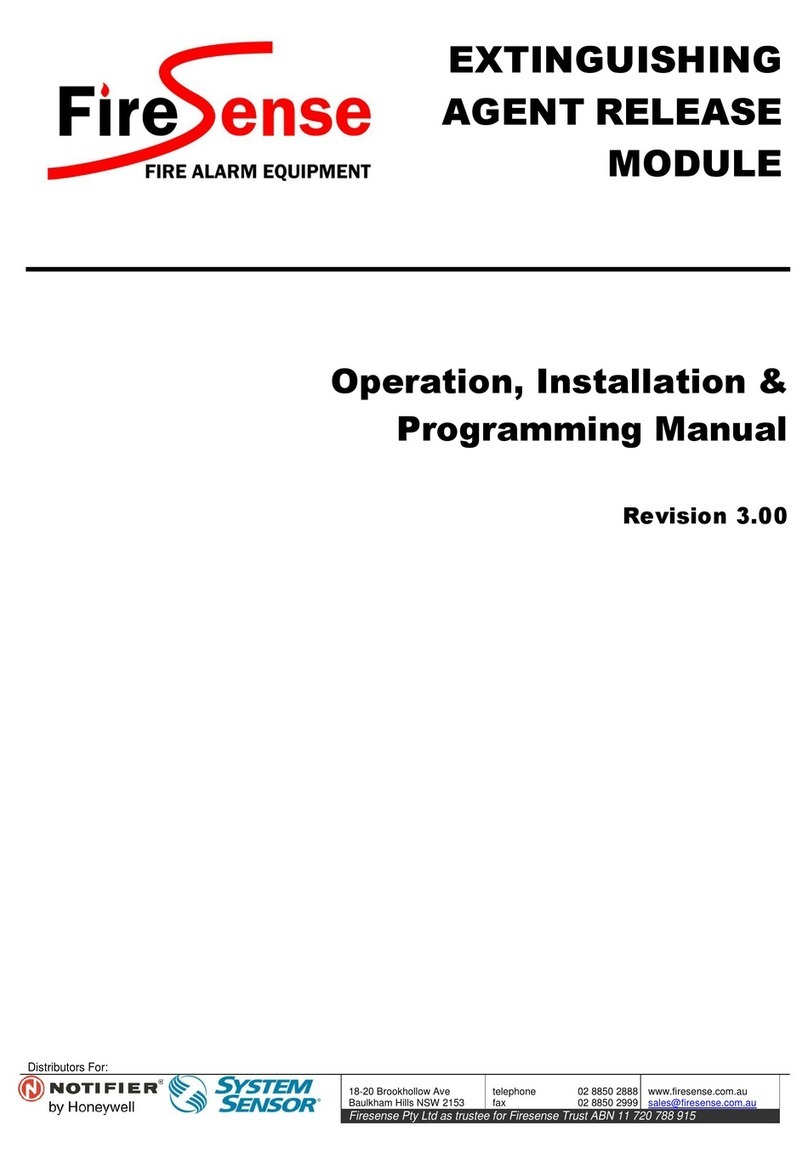7.3.6 Service Menu
–
Analog................................................................................................................................ 68
7.3.7 Service Menu
–
Global................................................................................................................................ 75
7.3.8 Service Menu
–
Diagnostics......................................................................................................................... 82
7.3.9 Service Menu
–
Network.............................................................................................................................. 85
7.3.10 Service Menu
–
log off................................................................................................................................. 88
8
PROGRAMMING.................................................................................................................................................... 89
8.1
C
ONTROL
S
CRIPTS
&
V
IRTUAL
P
OINTS
................................................................................................................. 89
8.1.1 Writing Scripts............................................................................................................................................ 90
8.1.2 Using zone numbers in scripts:.................................................................................................................... 90
8.1.3 Making an output latch................................................................................................................................ 90
8.1.4 ANY Operator............................................................................................................................................. 91
8.1.5 TIM Operator.............................................................................................................................................. 91
8.1.6
‘S’ PRE
-Operator......................................................................................................................................... 92
8.1.7 Scripting Examples...................................................................................................................................... 92
8.2
N
ETWORK
P
OINTS
(
WHERE APPLICABLE
)
.............................................................................................................. 93
8.2.1 Special Net Points....................................................................................................................................... 94
9
APPENDIX............................................................................................................................................................... 95
9.1
Z
ONE
O
PTION
E
XPLANATIONS
............................................................................................................................. 95
9.1.1 AVF functional description.......................................................................................................................... 95
9.1.2 Timed AZF Functional Description.............................................................................................................. 95
9.2
P
ASSWORD
A
CCESS
L
EVELS
................................................................................................................................. 96
9.3LCD80 OPERATION ............................................................................................................................................. 97
9.3.1 LCD80 –Terminal Mode............................................................................................................................. 97
9.3.2 Annunciator Mode....................................................................................................................................... 99
9.4
R
ECOMMENDED
C
ABLING
R
EQUIREMENTS
..........................................................................................................102
9.4.1 RS-485 Ring Communication Cabling.........................................................................................................102
9.4.2 Addressable Loop Cabling..........................................................................................................................103
9.4.3 NOTI.FIRE.NET Network cabling ..............................................................................................................104
9.5
I
NTELLIGENT
S
ENSING
F
EATURES
.......................................................................................................................105
9.5.1 FlashScan Detector LED Operation ...........................................................................................................105
9.5.2 Detector Initialisation ................................................................................................................................105
9.5.3 Self-Optimizing Pre-Alarm .........................................................................................................................105
9.5.4 Detector Sensitivity ....................................................................................................................................105
9.5.5 Drift Compensation....................................................................................................................................108
9.5.6 Fault Codes................................................................................................................................................109
9.6
P
ANEL
C
ONNECTION
D
IAGRAMS
:
........................................................................................................................111
9.6.1 Main Termination Board (FIM)..................................................................................................................111
9.6.2 CPU...........................................................................................................................................................115
9.6.3 Loop Interface Module (LIM) .....................................................................................................................116
9.6.4 Analog LCM and LEM Terminations ..........................................................................................................117
9.6.5
NOTI.FIRE.NET™
..........................................................................................................................................121
9.7MODEM/PRINTER/HLIINTERFACE ......................................................................................................................125
9.7.1 Modem Interface........................................................................................................................................125
9.7.2 Printer/Pager/HLI Interface .......................................................................................................................126
9.8
B
ATTERY
C
ALCULATIONS
...................................................................................................................................128
9.8.1 Quiescent Current Calculation:..................................................................................................................128
9.8.2 Alarm Current Calculation:........................................................................................................................128
9.8.3 Battery Capacity Requirements: .................................................................................................................128
9.8.4 Power Supply Capacity Requirements: .......................................................................................................128
9.9
F
IELD
R
EPLACEMENT
P
ARTS
:
..............................................................................................................................129
9.10
F
IELD
M
ODULE
C
ONNECTION
D
IAGRAMS
............................................................................................................130
9.10.1 AZM-8 .......................................................................................................................................................130
9.10.2 FAN Controller..........................................................................................................................................131
9.11
A
NNUNCIATOR
C
ONNECTION
..............................................................................................................................132
9.11.1 RS485 Comms and Power Connections.......................................................................................................132
9.11.2 ACM-
16AT (16 BUTTONS, 32 LED’S)
.............................................................................................................133
9.11.3 ACM-32A (32 Red
LED’S)
..........................................................................................................................134
9.11.4 SCS-8 (8 Fan Controls)..............................................................................................................................135
9.11.5 LDM-32 (Expansion Relay Driver Board)...................................................................................................136
9.11.6 LDM-R32 (32 Expansion Relays)................................................................................................................137
9.11.7 LCD80 Display Interface............................................................................................................................138
AFP-2800/2802 Manual
–P/N DOC-01-011
5






























